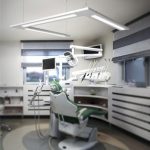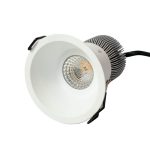How Many Amps Does a LED Light Bar Use? A Comprehensive Guide

LED light bars are increasingly becoming popular in the automotive industry. They are used for various purposes such as off-road driving, camping, and emergency lighting. However, one of the most important things to consider when using LED light bars is their power consumption. LED light bars are energy-efficient, but they still require a certain amount of power to function. In this comprehensive guide, we will explore how many amps a LED light bar uses, and provide you with all the information you need to ensure that you are using your LED light bar safely and efficiently. Understanding the power consumption of your LED light bar is crucial in ensuring that you do not damage your vehicle’s electrical system or the light bar itself. LED light bars are designed to operate within specific voltage and amperage ranges, and exceeding these limits can cause serious damage. This guide will provide you with detailed information on the amperage requirements of LED light bars, and how you can calculate the amperage required to power your LED light bar safely. Whether you are a seasoned off-roader or a beginner, this guide is an essential resource for anyone using LED light bars.
LED light bars are a type of lighting equipment that use light-emitting diodes (LEDs) to produce bright and efficient illumination. These light bars are commonly used in various applications such as off-road vehicles, emergency vehicles, and other types of heavy equipment. LED light bars come in different sizes and shapes, and they can emit different colors of light depending on their intended purpose. They are known for their low power consumption and long lifespan, making them a popular choice for those who want to save on energy costs and reduce the need for frequent replacements. LED light bars are also highly durable and can withstand harsh outdoor conditions, making them a reliable lighting option for outdoor enthusiasts and professionals alike.
Knowing how many amps a LED light bar uses is crucial for a number of reasons. Firstly, it helps you determine the appropriate wiring and circuit protection needed for the light bar. Overloading the circuit can lead to damage to the light bar or even worse, a fire hazard. Secondly, understanding the amp usage can help you determine the power source needed for the light bar, be it a battery or an alternator. This knowledge can save you both time and money, as you won’t have to troubleshoot issues caused by mismatched power sources. Lastly, knowing the amp usage can help you determine the overall efficiency of the light bar. By comparing the amp usage with the light output, you can determine if the light bar is an energy-efficient option, which is not only good for the environment but also for your wallet.
Understanding Amps and LED Light Bars
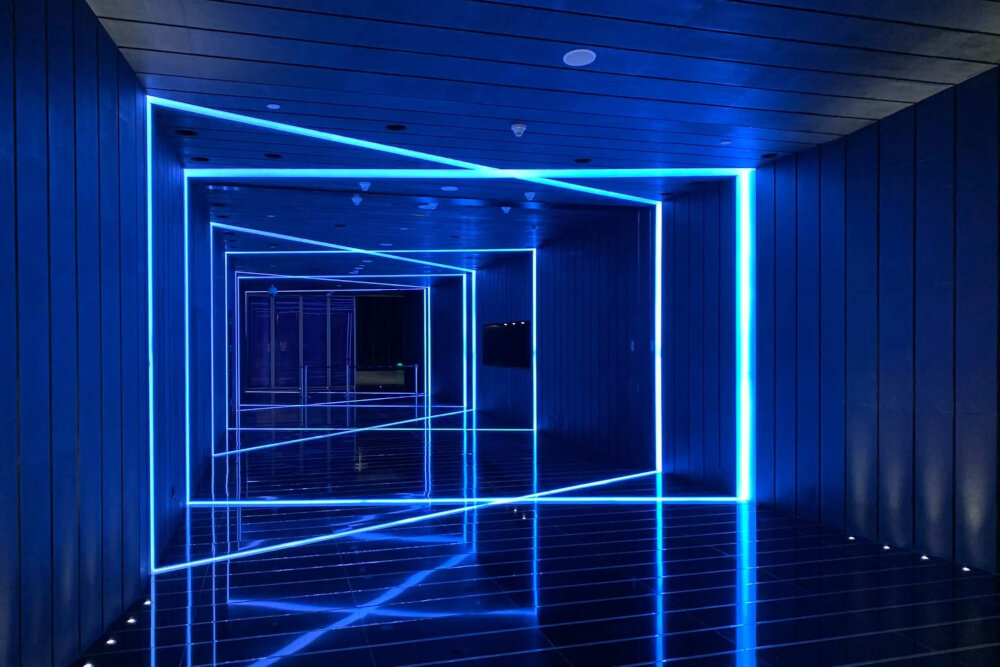
LED light bars are a popular choice for off-road enthusiasts and those who require bright and efficient lighting solutions. Understanding the amount of amps that an LED light bar uses is crucial for ensuring that your vehicle’s electrical system can handle the load. The amount of amps consumed by an LED light bar will vary depending on the wattage and voltage of the light bar. It is essential to use the appropriate wiring and circuit protection to avoid any damage to your vehicle’s electrical system. When selecting an LED light bar, it is important to consider the intended use and the amount of power required. A smaller light bar with a lower wattage will consume fewer amps than a larger light bar with a higher wattage. It is also important to consider the voltage of your vehicle’s electrical system, as this will determine the amount of current required to power the light bar. Many LED light bars are designed to be compatible with both 12V and 24V systems, but it is important to double-check the specifications to ensure compatibility. Understanding the amount of amps required by your LED light bar will ensure that you have the appropriate wiring and circuit protection to avoid any electrical issues while using your light bar.
Amperes, commonly known as amps, is a unit of measurement used to quantify electric current flow. It is a fundamental concept in the field of electronics and plays a crucial role in determining the power consumption of electrical appliances. When it comes to LED light bars, the current draw or amperage requirement is an essential factor to consider. The number of amps a LED light bar uses depends on several factors such as the number of LED lights, their wattage, and the voltage of the power supply. Understanding the amperage requirement of a LED light bar is essential as it helps in choosing the right power supply and avoiding electrical overload. By knowing the number of amps a LED light bar uses, users can also calculate the battery life and estimate the runtime of the light bar.
The number of amps used by a LED light bar is influenced by several factors. Firstly, the voltage supplied to the LED light bar affects the amount of current drawn. As the voltage increases, the current increases proportionally, leading to higher amp usage. The length of the LED light bar also affects the number of amps used, with longer light bars requiring more current to achieve the same brightness as shorter ones. Additionally, the type of LED chips used can have an impact on amp usage, as some chips are more efficient than others. Finally, the operating temperature of the LED light bar can also influence the number of amps used, with higher temperatures leading to increased resistance and therefore higher current draw.
Calculating the amps used by LED light bars is a crucial step in determining their power requirements. To do this, you need to know the voltage of the LED light bar and its wattage. Once you have this information, divide the wattage by the voltage to get the amps. For example, if you have a 120-watt LED light bar with a voltage of 12 volts, you would divide 120 by 12 to get 10 amps. It’s important to note that the amps used by LED light bars can vary depending on the number of LEDs, the quality of the LEDs, and the type of circuitry used. Therefore, it’s important to consult the manufacturer’s specifications or an electrician to ensure that your LED light bar is properly powered.
How Many Amps Do Different LED Light Bars Use?
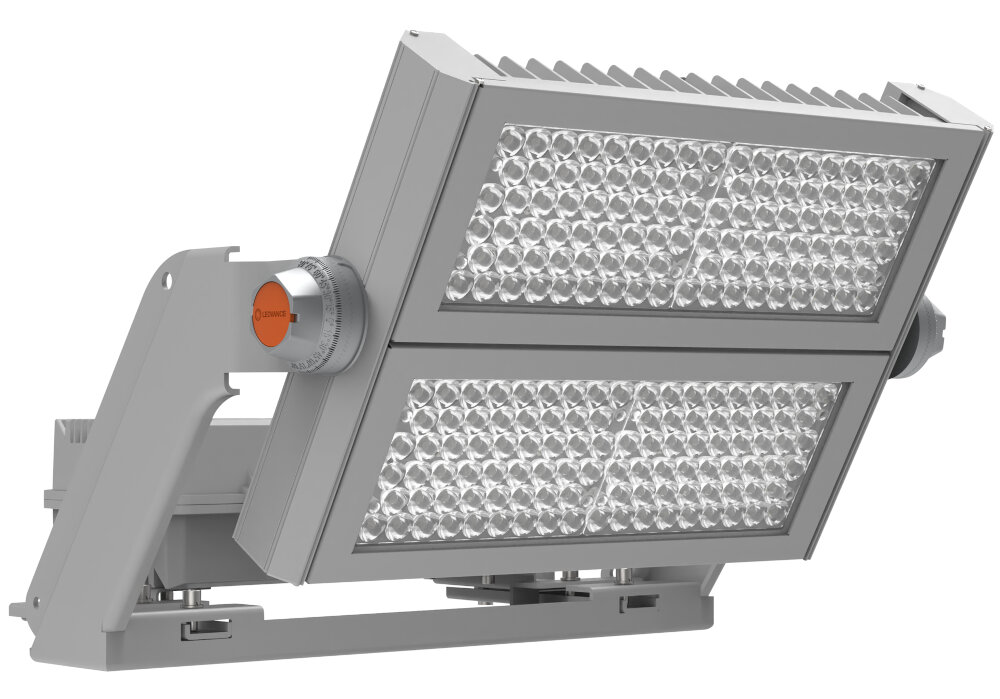
When it comes to LED light bars, one of the most important factors to consider is the amount of current they draw. This is because the amps used by the LED light bar will determine how much power it requires, as well as how long it will last before needing a recharge. Different LED light bars can use different amounts of amps, depending on their size, brightness, and other features. For example, a small 6-inch LED light bar may only draw around 1-2 amps, while a larger 50-inch LED light bar could draw up to 10 amps or more. It’s important to know the amp draw of your LED light bar so that you can choose the right wiring and power source to ensure it operates correctly and safely. One thing to keep in mind when considering the amp draw of an LED light bar is that it can vary depending on how you use it. For example, if you use your LED light bar only occasionally, it may not draw as much power as if you were using it continuously for several hours. Additionally, if you have other accessories or devices connected to the same power source as your LED light bar, this can also affect the amount of current it draws. Therefore, it’s important to take into account all of these factors when determining the amp draw of your LED light bar to ensure that you have the right setup for your needs.
The range of amps used by LED light bars depends on their type and configuration. Single row LED light bars usually require lower amperage ranging from 1.5 to 10 amps, while double row LED light bars may consume up to 20 amps. Curved LED light bars, on the other hand, are designed to have a higher amperage requirement, with some models drawing up to 30 amps. However, it is important to note that the actual amperage consumption may vary depending on the brightness, size, and quality of the LED chips used, as well as the overall efficiency of the light bar’s circuitry. It is always recommended to consult the manufacturer’s specifications and guidelines to determine the appropriate amperage and wiring requirements for each LED light bar.
When it comes to LED light bars, different brands and models use different amounts of amps. The amps used can range from as low as 0.5 amps to as high as 30 amps or more. Some of the factors that affect the amp usage include the length and width of the light bar, the number and type of LEDs used, the type of wiring used, and the overall efficiency of the system. Some of the popular brands that make LED light bars include Rigid Industries, Baja Designs, KC Hilites, and Vision X. Each of these brands has their own unique design and technology, which affects the amps used by their respective LED light bars. It’s important to consider the amps used when choosing a LED light bar, as it can affect the overall performance and longevity of the system.
When it comes to determining the right amp for your LED light bar, there are a few factors to consider. First, you need to know the power consumption of the light bar in watts. This information can usually be found in the product specifications or on the packaging. From there, you can calculate the amperage by dividing the wattage by the voltage of your vehicle’s electrical system. It’s important to choose an amp rating that is equal to or greater than the amperage of your LED light bar to ensure proper functionality and avoid any electrical issues. Additionally, you should also consider the size and type of your vehicle, as well as your desired brightness and usage needs, when selecting the right amp for your LED light bar.
Benefits and Drawbacks of High and Low Amp LED Light Bars
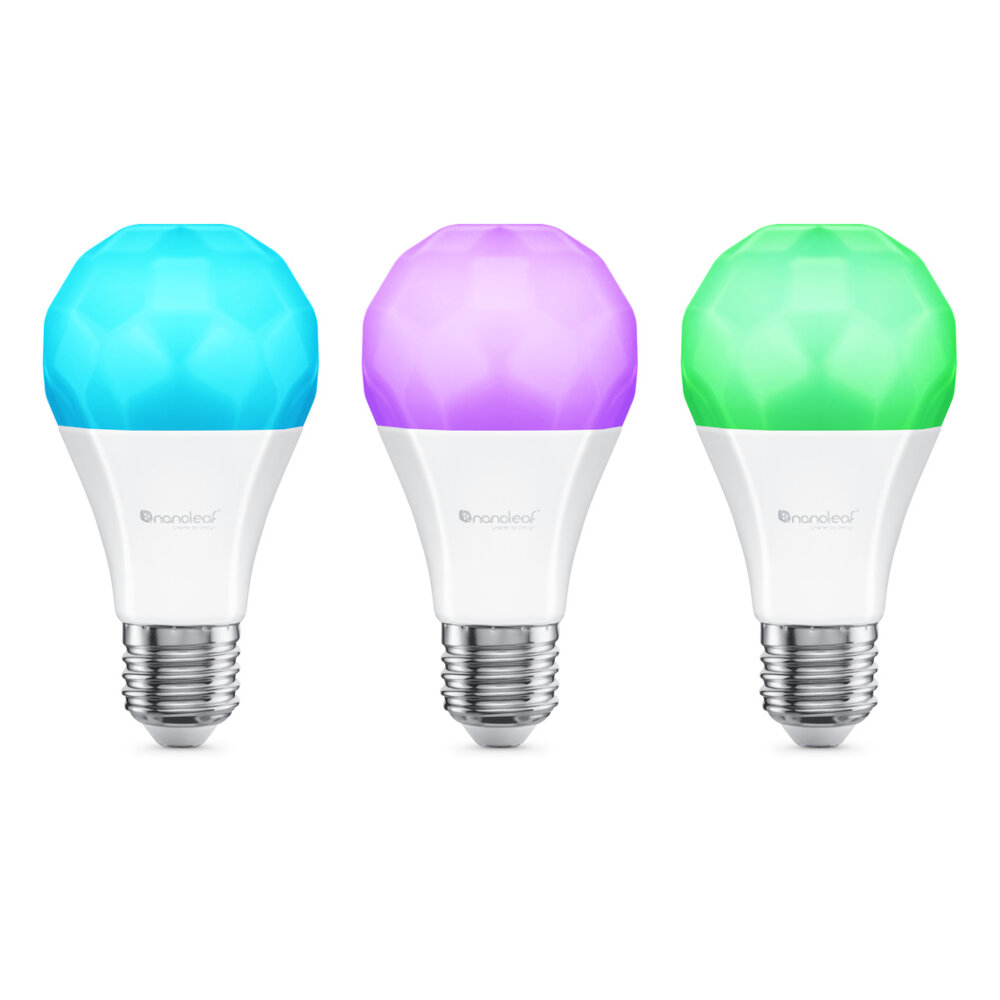
High and low amp LED light bars have their own benefits and drawbacks. Let’s start with high amp LED light bars. These types of light bars have a higher current draw, which means they require more power. This results in brighter light output, making them ideal for off-road activities or work environments that require a high level of illumination. They are also great for long-range visibility, making them perfect for night-time driving. However, high amp LED light bars consume more energy, which can drain your battery quicker than low amp alternatives. This means you may need to bring extra batteries or have a backup power source available. On the other hand, low amp LED light bars are ideal for applications where power consumption needs to be minimized. They offer an efficient and cost-effective lighting solution that still provides ample illumination. Low amp LED light bars are also less taxing on your vehicle’s electrical system, which can help prolong the life of your battery. However, they may not be as bright as high amp alternatives, making them less suitable for off-road use or other activities that require long-range visibility. Ultimately, the choice between high and low amp LED light bars will depend on your specific needs and preferences.
High amp LED light bars bring numerous advantages when it comes to providing bright and reliable lighting. Due to their high amp usage, they are capable of delivering intense illumination, making them ideal for off-road driving or other outdoor activities that require maximum visibility. Additionally, they are highly energy-efficient, meaning they consume less power than traditional lighting solutions, thereby lowering your energy bills. Furthermore, LED light bars are incredibly durable, with the ability to withstand harsh weather conditions and extreme temperatures. This makes them a perfect choice for outdoor enthusiasts who want to ensure their lighting solution will last for a long time. Overall, high amp LED light bars provide a reliable and efficient lighting solution for any outdoor activity, especially when high illumination is a must.
While high amp LED light bars can provide incredibly bright and long-lasting illumination, they do come with a few drawbacks. One major disadvantage is that they can place a significant drain on your vehicle’s battery, which can reduce its overall lifespan and performance. Additionally, high amp LED light bars may also generate a significant amount of heat, which can cause damage to other components in your vehicle, such as wiring and electronics. Finally, these lights can be quite expensive, especially if you’re looking for a high-quality, durable option that will last for years to come. Overall, while high amp LED light bars may be a great choice for some applications, it’s important to carefully consider the potential drawbacks before making a purchase.
A low amp LED light bar has numerous advantages that make it an ideal choice for many users. Firstly, it consumes a minimal amount of energy, making it highly efficient and reducing the chances of power wastage. Secondly, it produces bright and clear light that illuminates a wide area, making it an excellent option for outdoor activities such as camping, hiking, and off-roading. Additionally, it is lightweight, making it easy to transport and install. Moreover, it is durable and can withstand harsh weather conditions, making it a reliable option for outdoor enthusiasts. Lastly, it is cost-effective, and users can save money in the long run by using low amp LED light bars as they have a longer lifespan compared to traditional lighting systems.
Low amp LED light bars may seem like an attractive option due to their affordability and energy efficiency, but they come with a few disadvantages. Firstly, their brightness may not be sufficient for certain applications, especially in off-road and emergency situations where a high level of illumination is required. Secondly, their lifespan may be shorter than higher amp LED light bars as they may not be able to withstand prolonged use and extreme weather conditions. Thirdly, low amp LED light bars may not be compatible with certain vehicles and require additional wiring and modifications, which can be time-consuming and costly. Therefore, it is important to consider the intended use and quality of the LED light bar before making a purchase decision.
Tips for Reducing Amps Used by LED Light Bars
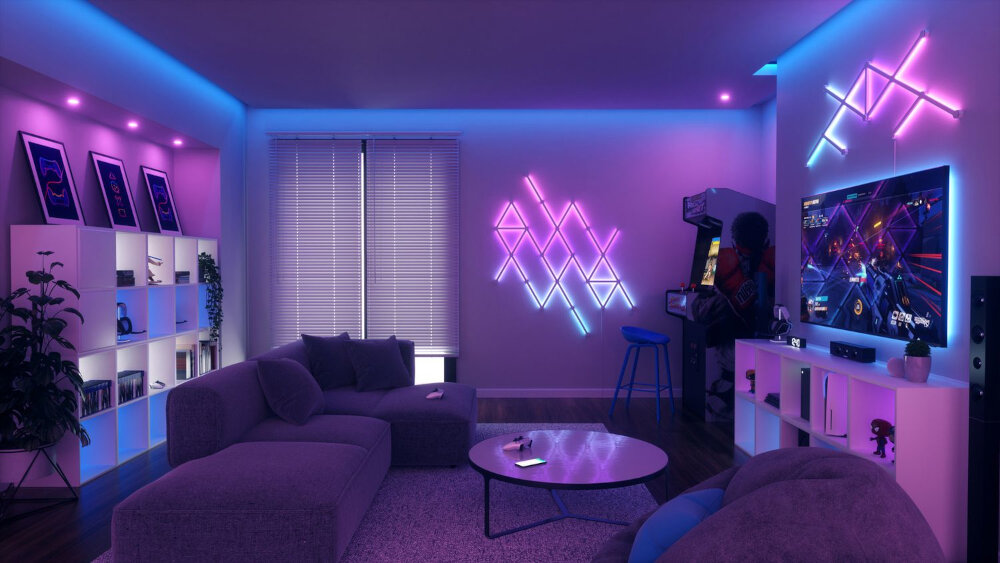
LED light bars have become a popular choice for off-road enthusiasts who want to add extra lighting to their vehicles. However, they can consume a lot of power, which can put a strain on your vehicle’s electrical system. Reducing the amps used by your LED light bar can help extend the life of your battery and prevent any electrical issues. Here are some tips for reducing the amps used by your LED light bar:Firstly, make sure you choose an LED light bar with a lower amp draw. LED light bars come in different sizes and power ratings, so it’s important to choose one that meets your needs without consuming too much power. Look for LED light bars with a lower wattage rating, as they will draw fewer amps. Additionally, consider using a dimmer switch or controller to reduce the amount of power your LED light bar uses. This can help you adjust the brightness of your light bar to match your needs and conserve power when you don’t need as much lighting. Secondly, make sure you properly wire your LED light bar. Poor wiring can cause your LED light bar to draw more amps than it needs to. Use high-quality wiring and connectors, and make sure your connections are secure and tight. Additionally, consider using a relay to power your LED light bar. This can help reduce the load on your vehicle’s electrical system and prevent any electrical issues. With these tips, you can reduce the amps used by your LED light bar and enjoy extra lighting without putting a strain on your vehicle’s electrical system.
There are several alternative ways to power LED light bars apart from the traditional battery or electrical grid options. One of the most popular methods is using solar panels, which convert sunlight into electrical energy. This eco-friendly option is ideal for outdoor settings and provides a sustainable solution for continuous lighting. Additionally, some LED light bars can be powered by hand-crank generators, making them a perfect choice for emergency situations or off-grid locations. Another alternative is using kinetic energy, where the motion of the LED light bar powers the LEDs through a small generator. These alternative power sources not only reduce energy consumption but also provide flexibility and convenience in powering LED light bars.
Efficiency and power consumption are crucial factors to consider when using LED light bars. To increase efficiency and reduce power consumption, several measures can be taken. First, choosing LED light bars with high lumens per watt can significantly reduce power consumption. Second, using a dimmer switch or timer can save energy by reducing the brightness of the light when it is not needed. Additionally, ensuring that the LED light bar is properly installed and the wiring is correctly connected can prevent energy loss. Finally, regular maintenance such as cleaning the LED light bar can improve its efficiency and prolong its lifespan. By implementing these measures, one can enjoy the benefits of LED light bars while also being environmentally conscious.
Proper maintenance is crucial to ensure optimal performance and reduce energy waste of your LED light bar. Firstly, regularly clean the light bar to remove any dust or debris that can obstruct the light output. Secondly, inspect the wiring and connections to ensure they are secure and free from damage. Loose or damaged connections can cause energy waste and reduce the lifespan of the LED light bar. Thirdly, adjust the angle of the light bar to ensure it is pointing in the right direction and not wasting energy by illuminating unnecessary areas. Finally, avoid exposing the LED light bar to extreme temperatures or moisture, as this can damage the components and reduce its efficiency. By following these maintenance tips, you can ensure your LED light bar operates efficiently and effectively for years to come.
In summary, LED light bars are becoming increasingly popular for use in various applications, including off-roading, emergency vehicles, and home lighting. The amount of amps used by an LED light bar depends on several factors, such as the size of the light bar, the number of LEDs, and the voltage used. Generally speaking, most LED light bars consume between 1.5 and 2.5 amps per hour, making them highly energy-efficient compared to traditional halogen or incandescent bulbs. It is important to consider the electrical requirements of your LED light bar before installation, as well as ensuring that your vehicle’s battery and electrical system can handle the load. With proper installation and maintenance, an LED light bar can provide long-lasting, high-quality lighting for your needs.
In conclusion, having a clear understanding of the number of amps that an LED light bar uses is crucial for several reasons. Firstly, it helps ensure that the light bar is compatible with the electrical system of the vehicle and prevents any electrical overload. Secondly, it enables users to choose the appropriate wiring and switches to operate the light bar effectively. Thirdly, it helps to determine the overall power consumption of the LED light bar, which is vital in managing the battery life of the vehicle. Additionally, knowing the amps of an LED light bar allows users to make an informed decision when purchasing and installing the light bar, ensuring that it meets their specific requirements. As such, it is essential to conduct thorough research and obtain accurate information to ensure that the LED light bar is safe, efficient, and performs optimally.
In conclusion, LED light bars are an efficient and long-lasting lighting solution for a variety of applications. However, as with any technology, there is always room for improvement and further research. It is important for manufacturers, researchers, and consumers alike to continue exploring ways to optimize LED light bar energy usage and efficiency. By doing so, we can reduce our energy consumption and contribute to a more sustainable future. Let us all take a step forward and work towards a better understanding of LED light bars and their energy usage.
Conclusion
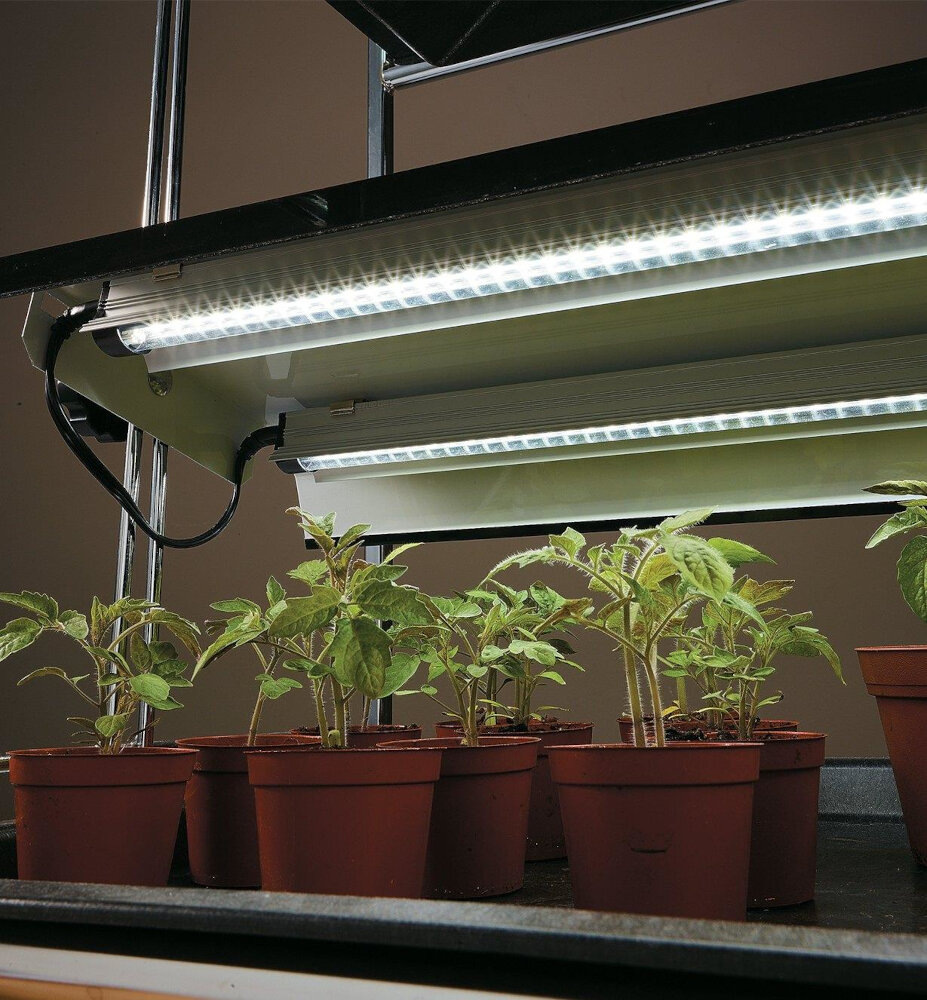
In conclusion, understanding the amperage of an LED light bar is crucial in ensuring efficient power management and avoiding electrical complications. The amount of amps used by a light bar varies depending on factors such as the size of the light bar, the number of LEDs, and the wattage. It is essential to consult the manufacturer’s specifications to determine the exact amperage of your LED light bar. By doing so, you can avoid overloading your power supply, maintain the longevity of your light bar, and save on energy costs. Knowing the amperage of your LED light bar is a vital step towards maximizing its performance and achieving optimal lighting conditions for your specific needs.

